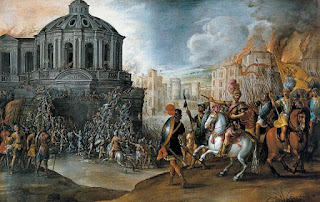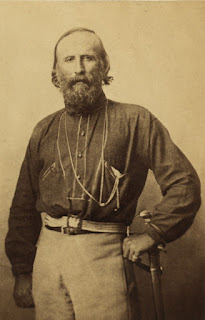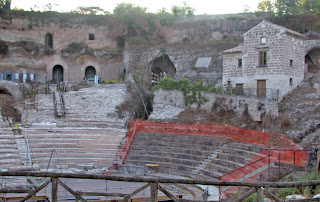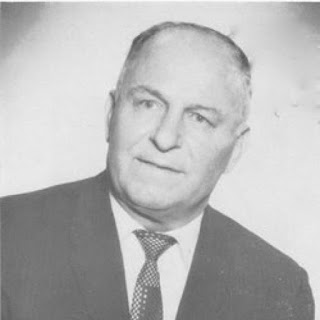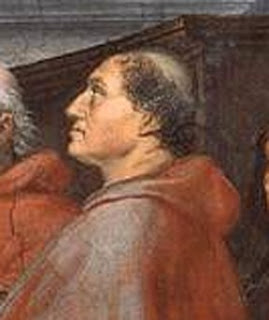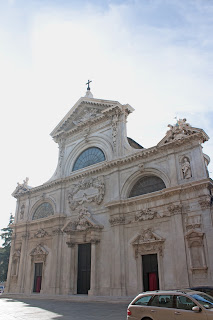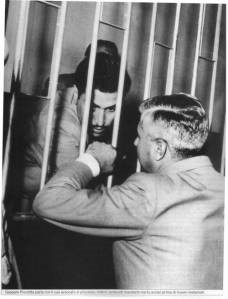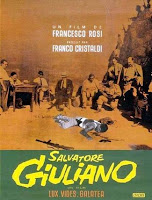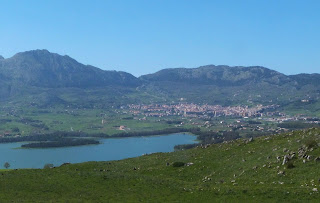First to win gold medal for Italy in archery
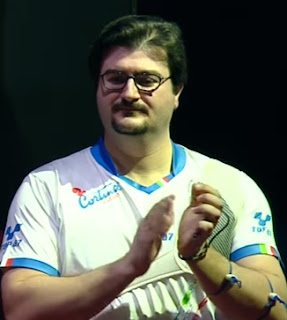 |
| Marco Galiazzo |
Marco Galiazzo, the first Italian to win an Olympic gold
medal in archery, was born on this day in 1983 in Ponte San Nicolò, just
outside Padua.
He won the men’s individual competition at the 2004 Games in
Athens at the age of 21, defeating Great Britain’s Larry Godfrey 110-108 in the
semi-finals before winning the gold medal match 111-109 against 42-year-old
Hiroshi Yamamoto, of Japan. Galiazzo was only one when the veteran Yamamoto competed at
the 1984 Olympics in Los Angeles.
Galiazzo was one of 10 Italian gold medal winners at the 2004
Olympics, in which Paolo Bettini won the men’s road race in the cycling
competition and Stefano Baldini the men’s marathon.
Eight years later, at the London Games of 2012, Galiazzo won
his second Olympic gold as part of the Italian team, alongside Michele
Frangilli and Mauro Nespoli, that defeated the United States in the final of
the team event at Lord’s Cricket Ground, where Frangilli’s 10 with the last
arrow of the match clinched the title.
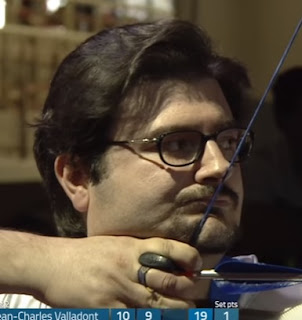 |
| Marco Galiazzo in action |
In between, at the 2008 Olympics in Beijing, along with
Nespoli and Ilario Di Buò, he had won the silver in
the team event.
Galiazzo’s total of medals makes him the most successful
Italian Olympic archer of all time and the only one to win two gold medals.
Encouraged by his father, Adriano, himself an archer and
later Marco’s coach, he took up the sport at the age of 13 and achieved his
first competitive success a year later at the Italian Youth Games.
A member of the Compagnia Arcieri Padovani team, he was
selected for the Italian national team for the first time as a 16-year-old.
His achievements in his sport also include gold medals at the
World archery championships and the World Cup, plus four European titles and
two European indoor titles.
 |
| Galiazzo (centre) on the podium after winning the team gold medal at the 2012 London Olympics |
On the way to winning his World Cup gold in Copenhagen in
2009, Galiazzo and teammates Nespoli and di Buò set an Italian team record at a
stage two match in Porec, Yugoslavia.
His gold in the World championships came in Las Vegas in
2012.
Since 2006, Galiazzo, who still lives in Padua, has been a
member of the Italian air force sports section – the Centro Sportivo
Aeronautica Militare – allowing him to practise full time.
Travel tip:
Ponte San Nicolò, which takes its name from the bridge
crossing the Roncajette channel, part of the Bacchiglione river that connects
with the Brenta, was formerly a thriving commercial centre, part of an inland
port where boats would unload salt, linen and terracotta pottery among other
goods. As well as Galiazzo, it is the birthplace, coincidentally, of another
Italian Olympic champion, the rower Rossano Galtarossa, who won gold at the
Sydney Olympics of 2000.
 |
| Prato della Valle is one of Padua's many highlights |
Travel tip:
The city of Padua is especially notable for art treasures,
in particular the magnificent frescoes by Giotto that adorn the walls of the
Scrovegni Chapel and the frescoes by Titian in the Scuola di Sant’Antonio. A
wealth of notable buildings and vibrant squares include the huge Basilica di
Sant’Antonio with its seven cupolas, the vast Palazzo della Ragione with its
three tiers of arches and the broad elliptical square Prato della Valle.
How Luigi Baccali brought home Italy's first Olympic track gold
Gelindo Bordin - Italy's first Olympic marathon champion
Alberto Cova's 10k hat-trick
1976: The birth of Andrea lo Cicero - rugby star turned TV presenter
More reading:
How Luigi Baccali brought home Italy's first Olympic track gold
Gelindo Bordin - Italy's first Olympic marathon champion
Alberto Cova's 10k hat-trick
Also on this day:
1976: The birth of Andrea lo Cicero - rugby star turned TV presenter
